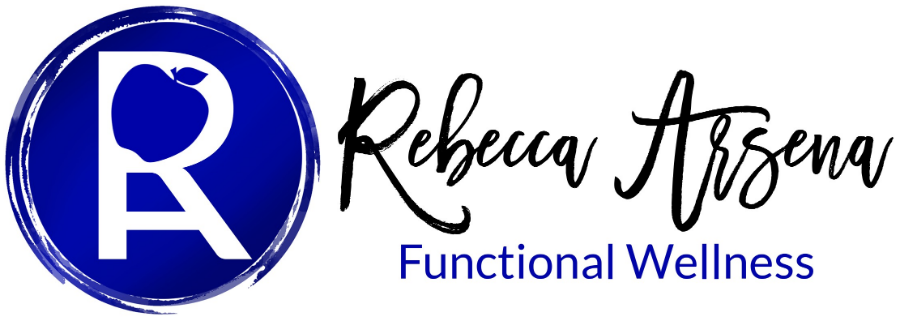Have you ever eaten a meal and wondered why you still feel hungry—or why, on other days, you feel completely satisfied after just a few bites?
With the popularity of drugs like Ozempic and Wegovy, it's clear that the gut/brain connection should be front and center when discussing hunger and satiety.
Part of the puzzle lies in some of your gut hormones, specifically GLP-1, GIP, and CCK. These powerful little messengers play a huge role in controlling your appetite, telling your brain when it’s time to eat and when you’ve had enough.
- GLP-1 (Glucagon-like Peptide-1): This hormone slows digestion and tells your brain, “We’re full now!” It also helps stabilize blood sugar, reducing cravings for sugary snacks. You have heard about this everywhere lately!!
- GIP (Gastric Inhibitory Polypeptide): GIP works along with GLP-1 to regulate your insulin response after eating, keeping your energy levels steady.
- CCK (Cholecystokinin): Think of CCK as your “satiety signal.” It’s released when you eat fats and proteins, telling your brain that you’ve had enough.
When these hormones are working well, they create a perfect feedback loop: you eat, you feel satisfied, and your body stays energized. But when your gut is inflamed, imbalanced, or overwhelmed, these hormones can get out of sync, which can lead to you feeling constantly hungry or searching for just "a little something" after meals.
How to Maximize GLP-1, GIP, and CCK Naturally
Want to get these powerful hormones working in your favor? Start with these foods that naturally support your gut and appetite regulation:
Healthy Fats to Boost CCK:
- Avocado: Rich in monounsaturated fats, avocado helps release CCK, signaling fullness.
- Nuts and Seeds: Almonds, walnuts, chia seeds, and flaxseeds are packed with healthy fats and fiber.
- Olive Oil: A drizzle of extra-virgin olive oil on your veggies or salad tastes great and also helps trigger satiety.
Protein-Rich Foods for GLP-1 and CCK:
- Eggs: A nutrient-dense protein source that’s particularly effective at boosting GLP-1 levels.
- Chicken and Turkey: Lean proteins that support hormone balance and keep you feeling full.
- Legumes: Lentils, chickpeas, and black beans are excellent plant-based proteins that stimulate GLP-1 and keep blood sugar steady.
Fiber-Rich Foods to Enhance GLP-1:
- Leafy Greens: Spinach, kale, and arugula are packed with fiber that slows digestion and keeps GLP-1 active.
- Berries: Blueberries, raspberries, and strawberries are low in sugar and high in fiber, making them a perfect snack.
- Whole Grains: Oats, quinoa, and barley release energy slowly, helping your appetite hormones stay balanced.
Fermented Foods for GIP Regulation:
- Kimchi and Sauerkraut: These are gut-friendly options that support a healthy microbiome and improve hormone signaling.
- Greek Yogurt (unsweetened): Packed with probiotics and protein to boost GIP and GLP-1 levels.
- Kefir: A fermented dairy drink that helps optimize gut health. They also make nondairy/coconut based versions if you are dairy free!
3 More Tips to Support Your Gut Hormones Daily:
- Chew Thoroughly and Eat Slowly: Hormones like GLP-1 and CCK take time to signal fullness—rushing through meals can override these signals. This one is hard for me, but it's critical for optimal digestion.
- Balance Your Plate: Include a mix of protein, healthy fats, and fiber at every meal to maximize hormone response.
- Avoid Ultra-Processed Foods and Alcohol: These disrupt gut health and can confuse hunger signals.
Your appetite isn’t broken—it’s just been hijacked by a gut that needs some TLC


0 Comments